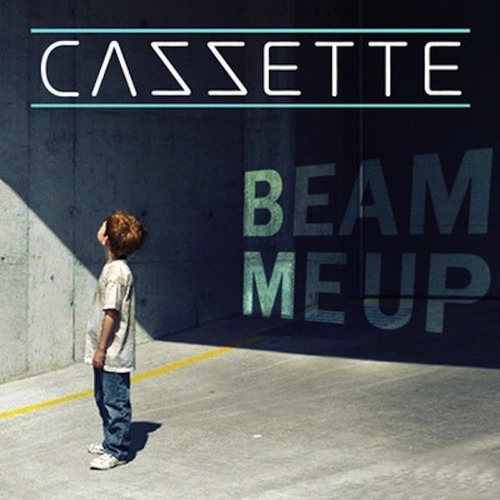[Kelly Sheehan]
Tonight we'll run away
Speeding faster than a midnight train
Somewhere to such a place
Where the stars come out to light your face
We'll leave behind a world in darkness
Go where no one's broken hearted
Take off without a trace
Neon angels, up and away
Ride my clouds
I think we're getting closer
Don't stop now
Off the ground
Higher than a supernova
Don't look down [x4]
Beam me up
Beam me up
Beam me up
Beam me up
Ride my clouds
I think we're getting closer
Don't stop now
Off the ground
Higher than a supernova
Don't look down [x2]
After we kissed the sun
We can burn our names into the sky
Feel my electric touch
Taste my supersonic lullaby
Ride my clouds
I think we're getting closer
Don't stop now
Off the ground
Higher than a supernova
Don't look down [x4]
Beam me up
Beam me up
Beam me up
Beam me up
Ride my clouds
I think we're getting closer
Don't stop now
Off the ground
Higher than a supernova
Don't look down [x2]
Ride my clouds
I think we're getting closer
Don't stop now
Off the ground
Higher than a supernova
Don't look down [x2]
Watch Cazzette - Beam Me Up on Youtube
See also:
Emmelie de Forest – Only Teardrops lyrics
Tonight we'll run away
Speeding faster than a midnight train
Somewhere to such a place
Where the stars come out to light your face
We'll leave behind a world in darkness
Go where no one's broken hearted
Take off without a trace
Neon angels, up and away
Ride my clouds
I think we're getting closer
Don't stop now
Off the ground
Higher than a supernova
Don't look down [x4]
Beam me up
Beam me up
Beam me up
Beam me up
Ride my clouds
I think we're getting closer
Don't stop now
Off the ground
Higher than a supernova
Don't look down [x2]
After we kissed the sun
We can burn our names into the sky
Feel my electric touch
Taste my supersonic lullaby
Ride my clouds
I think we're getting closer
Don't stop now
Off the ground
Higher than a supernova
Don't look down [x4]
Beam me up
Beam me up
Beam me up
Beam me up
Ride my clouds
I think we're getting closer
Don't stop now
Off the ground
Higher than a supernova
Don't look down [x2]
Ride my clouds
I think we're getting closer
Don't stop now
Off the ground
Higher than a supernova
Don't look down [x2]
Watch Cazzette - Beam Me Up on Youtube
See also:
Emmelie de Forest – Only Teardrops lyrics
